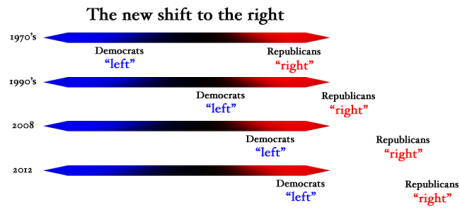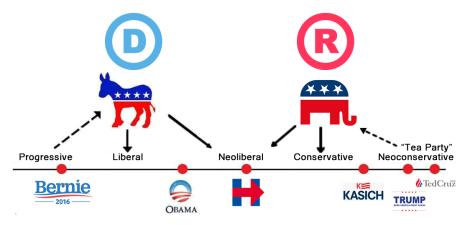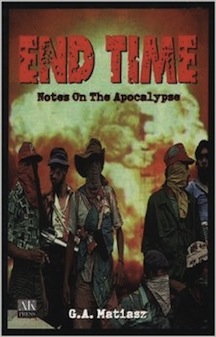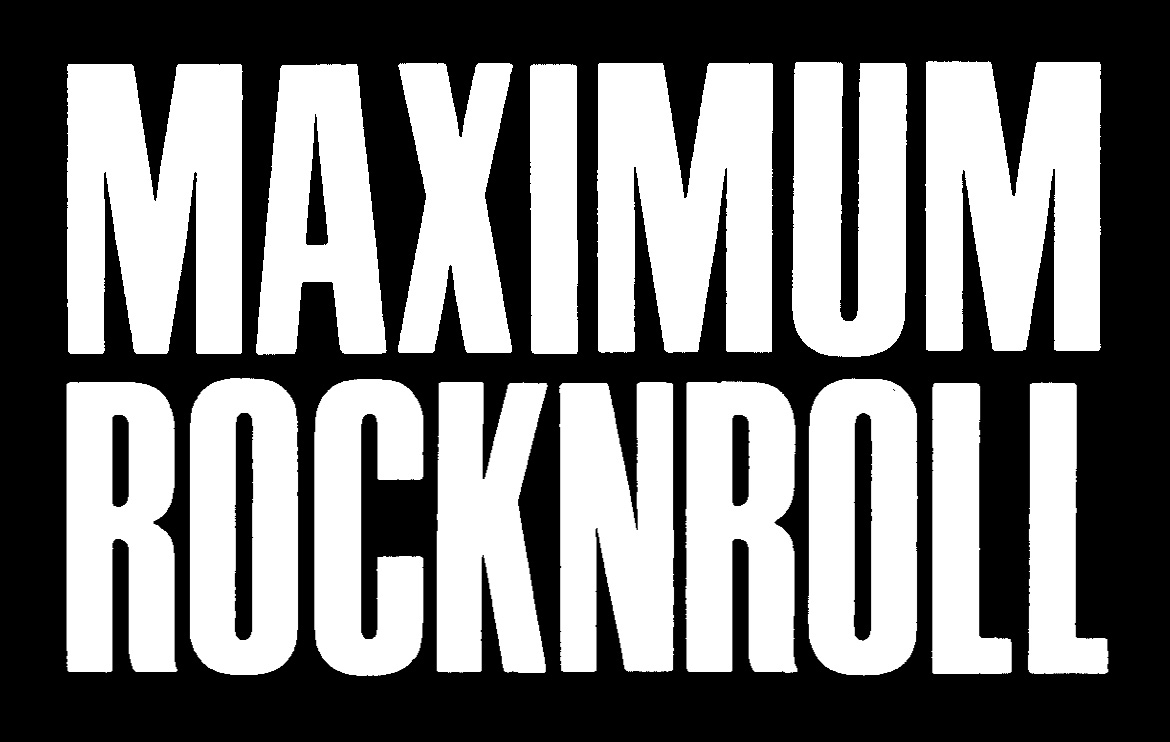 I’ve lived through my share of apocalypses starting with the ur-apocalypse of nuclear war. We did duck-and-cover drills in elementary school and my parents converted a windowless back room into a slapdash fallout shelter. I remember at ten seeing the cover of the National Enquirer at a grocery checkout stand with “psychic” Jeane Dixon predicting that a planetary alignment would herald the end of the Earth. From 1962 on, predictions of the end of the world from fringe Christian religious types happened regularly—George Williams, Herbert Armstrong, and the Jehovah’s Witnesses among them. Combine these religious charlatans with the countercultural/New Age/new religious movement apocalyptarian grandstanding of murderous cultists—Jim Jones, Charles Manson—and you cover the first 20 odd years of my life. Comets have played prominently in apocalyptic dramas—Halley’s, Kohoutek and Hale-Bopp for instance. More recently, there’s the coincidental apocalypse of Y2K and how all the world’s computer systems might have ceased functioning along with the planet when the date changed from 1999 to 2000.
I’ve lived through my share of apocalypses starting with the ur-apocalypse of nuclear war. We did duck-and-cover drills in elementary school and my parents converted a windowless back room into a slapdash fallout shelter. I remember at ten seeing the cover of the National Enquirer at a grocery checkout stand with “psychic” Jeane Dixon predicting that a planetary alignment would herald the end of the Earth. From 1962 on, predictions of the end of the world from fringe Christian religious types happened regularly—George Williams, Herbert Armstrong, and the Jehovah’s Witnesses among them. Combine these religious charlatans with the countercultural/New Age/new religious movement apocalyptarian grandstanding of murderous cultists—Jim Jones, Charles Manson—and you cover the first 20 odd years of my life. Comets have played prominently in apocalyptic dramas—Halley’s, Kohoutek and Hale-Bopp for instance. More recently, there’s the coincidental apocalypse of Y2K and how all the world’s computer systems might have ceased functioning along with the planet when the date changed from 1999 to 2000.
All of these “end of the world” scares occurred in a country that until recently was profoundly optimistic. America proclaimed itself the greatest country in the world, a land of freedom and opportunity bar none. Even my involvements in the counterculture and the New Left were from optimism, a sense of this country’s driving potential and its people’s boundless ingenuity. Yet I also witnessed the collapse of American New Deal liberalism and the rise of the Right, beginning with Reagan’s dismantling of the welfare state under the slogan “Morning again in America. Prouder, stronger, better.” (Note: Nixon was America’s last “liberal” president.) What followed was an inexorable slide to the right through the second New Right, right-wing populism, neo-Nazism, the “countercultural” fascism of skinheads and the Abraxas group, ultimately reaching Trump and the third New Right. This was well after George Lincoln Rockwell’s American Nazi Party and George Wallace’s segregationist populism.
 Let’s return to Y2K for a moment.
Let’s return to Y2K for a moment.
The Year 2000 Problem was an issue of coding potentially interacting with hardware, and of people praying that the double-ought two-digit date switchover would not confound and crash modern technological civilization as the fear at the time claimed. It piggybacked on a more esoteric chronological issue of the twentieth century (the 1900s) transitioning into the twenty-first century (the 2000s) as well the transition from the second to third millennium. Such century/millennium changes have always inspired millennial apocalyptic scares and movements so Y2K was just one more drama among scores of others, including Nostradamus, Jerry Falwell, the Nuwaubian Nation, Sun Myung Moon, and Edgar Casey. Except that for as long as millennial apocalyptic predictions have been around there’s been the common idiocy that they’ve been somehow triggered chronologically.
When we started categorizing things into BC and AD, or BCE and CE, we started dating things from the year 1. There was no year 0. The first century thus ran from year 1 to year 100, with the turn of the century occurring from the year 100 to the year 101. The same holds true for the first millennium, which started in the year 1 and ended in the year 1000, transitioning to the next millennium from the year 1000 to the year 1001. So the twentieth century and second millennium did not end on the last day of 1999 but on the last day of 2000, meaning the actual esoteric apocalypse should have occurred a year after Y2K. But of course, neither the apocalyptic predictions of faux spiritual/religious idiots nor Y2K hackers materialized.
 Similar end-of-the-world sensibilities prevailed at the end of the nineteenth century and the beginning of the twentieth century. Called the fin de siècle (French for the end of the century), this turn of the century was understood to have been the end of one era and the beginning of another. Starting in the 1880’s the old era of Enlightenment liberalism, individualism, democracy and the Rights of Man gave way to a time of anxiety, malaise, distrust, pessimism, and decadence. Civilization was considered in crisis, requiring a total overhaul by a generation imbued with emotionalism, irrationalism, subjectivism, and vitalism in revolt against materialism, rationalism, positivism, bourgeois society, and democracy. This “fin de siècle, fin du monde” sentiment gave rise to Fascism which Roger Griffin summarized as “a political ideology whose mythic core in its various permutations is a palingenetic form of populist ultra-nationalism.”[Fascism is] a genuinely revolutionary, trans-class form of anti-liberal, and in the last analysis, anti-conservative nationalism. As such it is an ideology deeply bound up with modernization and modernity, one which has assumed a considerable variety of external forms to adapt itself to the particular historical and national context in which it appears, and has drawn a wide range of cultural and intellectual currents, both left and right, anti-modern and pro-modern, to articulate itself as a body of ideas, slogans, and doctrine. In the inter-war period it manifested itself primarily in the form of an elite-led “armed party” which attempted, mostly unsuccessfully, to generate a populist mass movement through a liturgical style of politics and a programme of radical policies which promised to overcome a threat posed by international socialism, to end the degeneration affecting the nation under liberalism, and to bring about a radical renewal of its social, political and cultural life as part of what was widely imagined to be the new era being inaugurated in Western civilization. The core mobilizing myth of fascism which conditions its ideology, propaganda, style of politics and actions is the vision of the nation’s imminent rebirth from decadence. (“The palingenetic core of generic fascist ideology,” 9-10-2008)
Similar end-of-the-world sensibilities prevailed at the end of the nineteenth century and the beginning of the twentieth century. Called the fin de siècle (French for the end of the century), this turn of the century was understood to have been the end of one era and the beginning of another. Starting in the 1880’s the old era of Enlightenment liberalism, individualism, democracy and the Rights of Man gave way to a time of anxiety, malaise, distrust, pessimism, and decadence. Civilization was considered in crisis, requiring a total overhaul by a generation imbued with emotionalism, irrationalism, subjectivism, and vitalism in revolt against materialism, rationalism, positivism, bourgeois society, and democracy. This “fin de siècle, fin du monde” sentiment gave rise to Fascism which Roger Griffin summarized as “a political ideology whose mythic core in its various permutations is a palingenetic form of populist ultra-nationalism.”[Fascism is] a genuinely revolutionary, trans-class form of anti-liberal, and in the last analysis, anti-conservative nationalism. As such it is an ideology deeply bound up with modernization and modernity, one which has assumed a considerable variety of external forms to adapt itself to the particular historical and national context in which it appears, and has drawn a wide range of cultural and intellectual currents, both left and right, anti-modern and pro-modern, to articulate itself as a body of ideas, slogans, and doctrine. In the inter-war period it manifested itself primarily in the form of an elite-led “armed party” which attempted, mostly unsuccessfully, to generate a populist mass movement through a liturgical style of politics and a programme of radical policies which promised to overcome a threat posed by international socialism, to end the degeneration affecting the nation under liberalism, and to bring about a radical renewal of its social, political and cultural life as part of what was widely imagined to be the new era being inaugurated in Western civilization. The core mobilizing myth of fascism which conditions its ideology, propaganda, style of politics and actions is the vision of the nation’s imminent rebirth from decadence. (“The palingenetic core of generic fascist ideology,” 9-10-2008)
Sui generis during the fin de siècle, Fascism has become the terror of subsequent centuries.
 There is an historical argument that the American revolution of 1776, far from being a “conservative revolution,” was actually a class war between a radical democratic majority and a conservative “republican” elite. The radical democratic majority won the first round and formed the Articles of Confederation of thirteen independent states that championed decentralization, a bill of rights, paper money, etc. The conservative “republican” elite of large landowners, merchants and slave holders staged a counterrevolution through the Constitution that centralized power in a Federal government and Alexander Hamilton’s financial regime favoring gold and a national bank. Everyone from Charles A. Beard to Robert Ovetz pushes this overly simplistic analysis.
There is an historical argument that the American revolution of 1776, far from being a “conservative revolution,” was actually a class war between a radical democratic majority and a conservative “republican” elite. The radical democratic majority won the first round and formed the Articles of Confederation of thirteen independent states that championed decentralization, a bill of rights, paper money, etc. The conservative “republican” elite of large landowners, merchants and slave holders staged a counterrevolution through the Constitution that centralized power in a Federal government and Alexander Hamilton’s financial regime favoring gold and a national bank. Everyone from Charles A. Beard to Robert Ovetz pushes this overly simplistic analysis.
A similar argument holds that FDR’s New Deal, far from being a stopgap attempt to prevent the United States from turning either Fascist or Communist during the Great Depression, was a genuine effort to form a welfare state just shy of European social democracy. I buy neither the “America’s original democratic revolution” nor the “New Deal social democracy” arguments. That one faction of American capitalists triumphed over another does not make American socialism an historical possibility. Let me repeat my above contention that with the steady demise of Democratic Party liberalism and the New Deal welfare state the United States has been moving relentlessly to the Right. What has changed is America’s unerring optimism.
 The Penn Schoen Berland Poll of June 8-19, 2015 revealed Americans to be personally optimistic yet nationally pessimistic. If anything, this trend has broadened with a number of recent polls (PEW, Gallup, AP-NORC, etc) indicating that no matter their age, race, economic status or politics, Americans think most things are worse than they actually are. Spencer Sunshine recently analyzed a new wave of neo-Nazism that he argues is “a result of the robust state of the U.S. far right as a whole, which has been able to outlive the Trump presidency, continue to dominate the Republican Party, and keep energized and active.”
The Penn Schoen Berland Poll of June 8-19, 2015 revealed Americans to be personally optimistic yet nationally pessimistic. If anything, this trend has broadened with a number of recent polls (PEW, Gallup, AP-NORC, etc) indicating that no matter their age, race, economic status or politics, Americans think most things are worse than they actually are. Spencer Sunshine recently analyzed a new wave of neo-Nazism that he argues is “a result of the robust state of the U.S. far right as a whole, which has been able to outlive the Trump presidency, continue to dominate the Republican Party, and keep energized and active.”
Anti-LGBTQ+ campaigns have been its most popular issues, and far right activists have taken over school boards, banned books from libraries and disrupted Drag Queen Story Hours. There is no doubt that the far right will only pick up steam as the election approaches, and especially if Trump is convicted. Within that movement there is always a militant edge, partly underground and partly on the street. Neo-Nazis have always positioned themselves as the hardest of the white supremacists, and their stress on hating Jews is in tune with the antisemitic propaganda that has flooded social media. (“A New Wave of Neo-Nazism Has Become Visible in Wake of Jacksonville Shooting” by Spencer Sunshine, Truthout, 9-9-2023)
Whether pessimism contributes to the demise of democracy or the rise of Fascism is debatable. I’ve certainly gotten more pessimistic as I’ve grown older. I don’t have high hopes that the rightward trend in American politics will be halted let alone reversed, nor do I consider a democratic socialism or a libertarian one on the horizon anytime soon. I’ve had a fascination with apocalypse most of my life but even the threat of that has wimped out. I coined the phrase “slow-motion apocalypse” well before the Grotus album of the same name. T.S. Eliot’s last lines of “The Hollow Men” have never felt more relevant: “This is the way the world ends/Not with a bang but a whimper.”


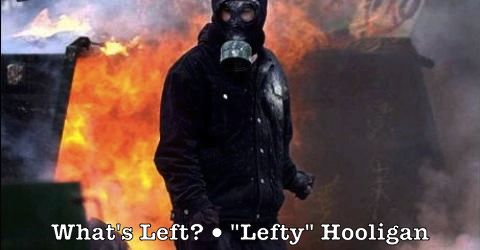





 It pisses me off.
It pisses me off.
